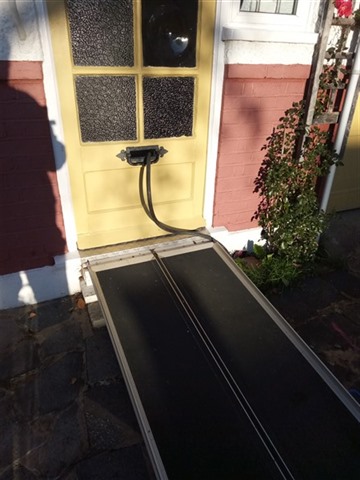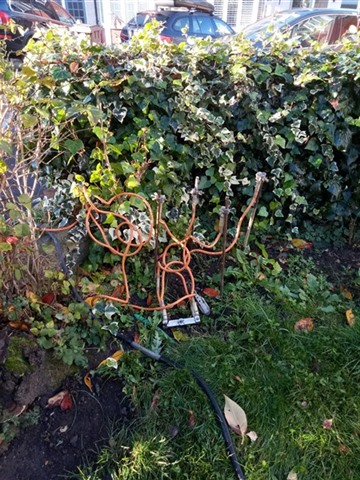After an old PILC cable went pop under a pavement outside, myself and a few neighbours are now temporarily supplied by a DNO generator, which has got me wondering...
The generator seems to have no obvious Earth electrode ... how are they Earthing the system? In my case it's spliced into the remaining few 10s of metres of PILC cable so the lead sheath/armour is probably providing fairly decent connection with true Earth, but what would they do in general - e.g. if more modern plastic sheathed cables involved?
The other though is that Zs/PFC from the generator is unlikely to be anything like that from the grid (and what the TN installations would have been designed for) - will the DNO have taken any precautions to ensure that ADS will still operate adequately? Perhaps and RCD on the generator? Or might resilience take priority?
- Andy.


